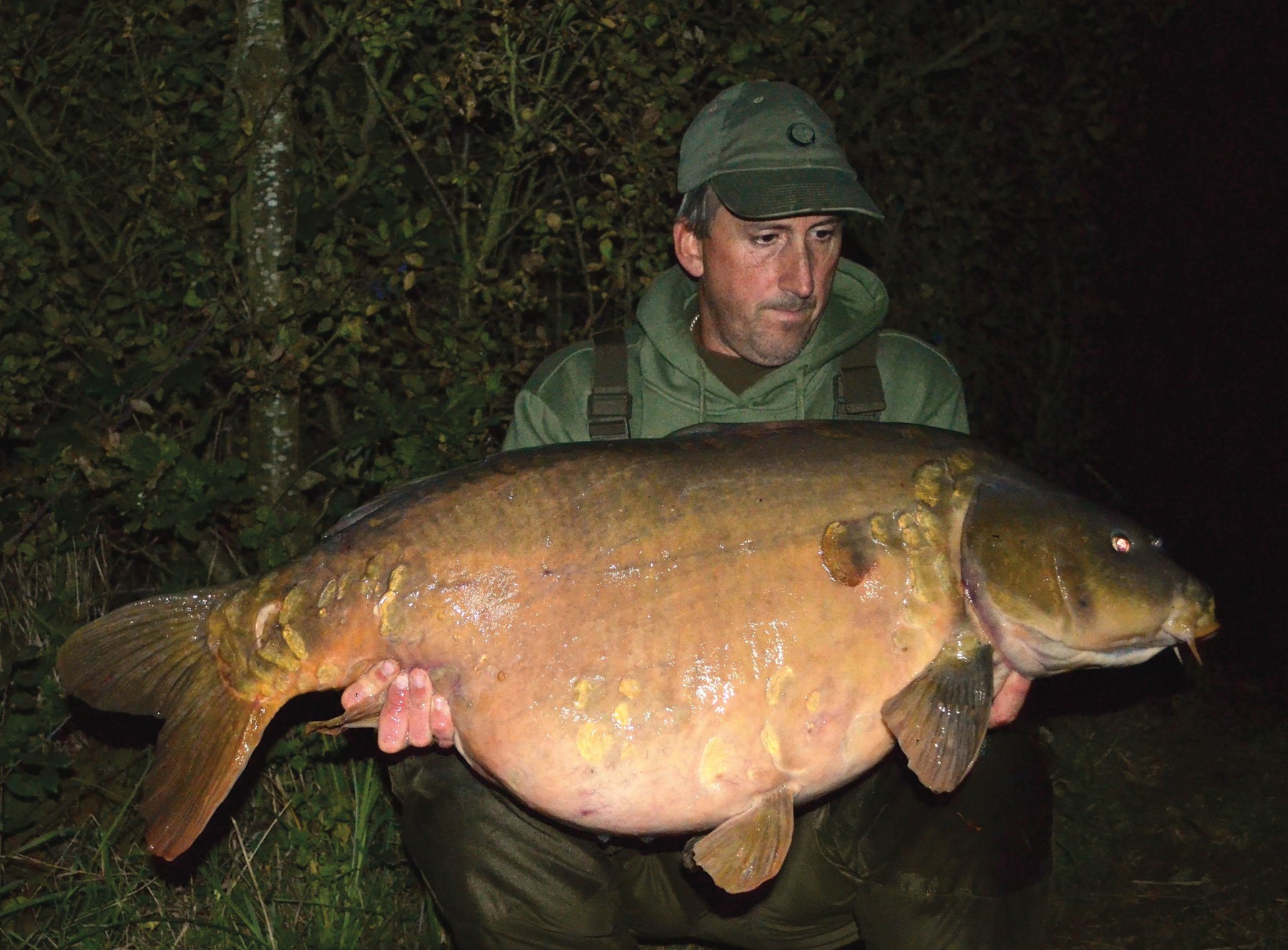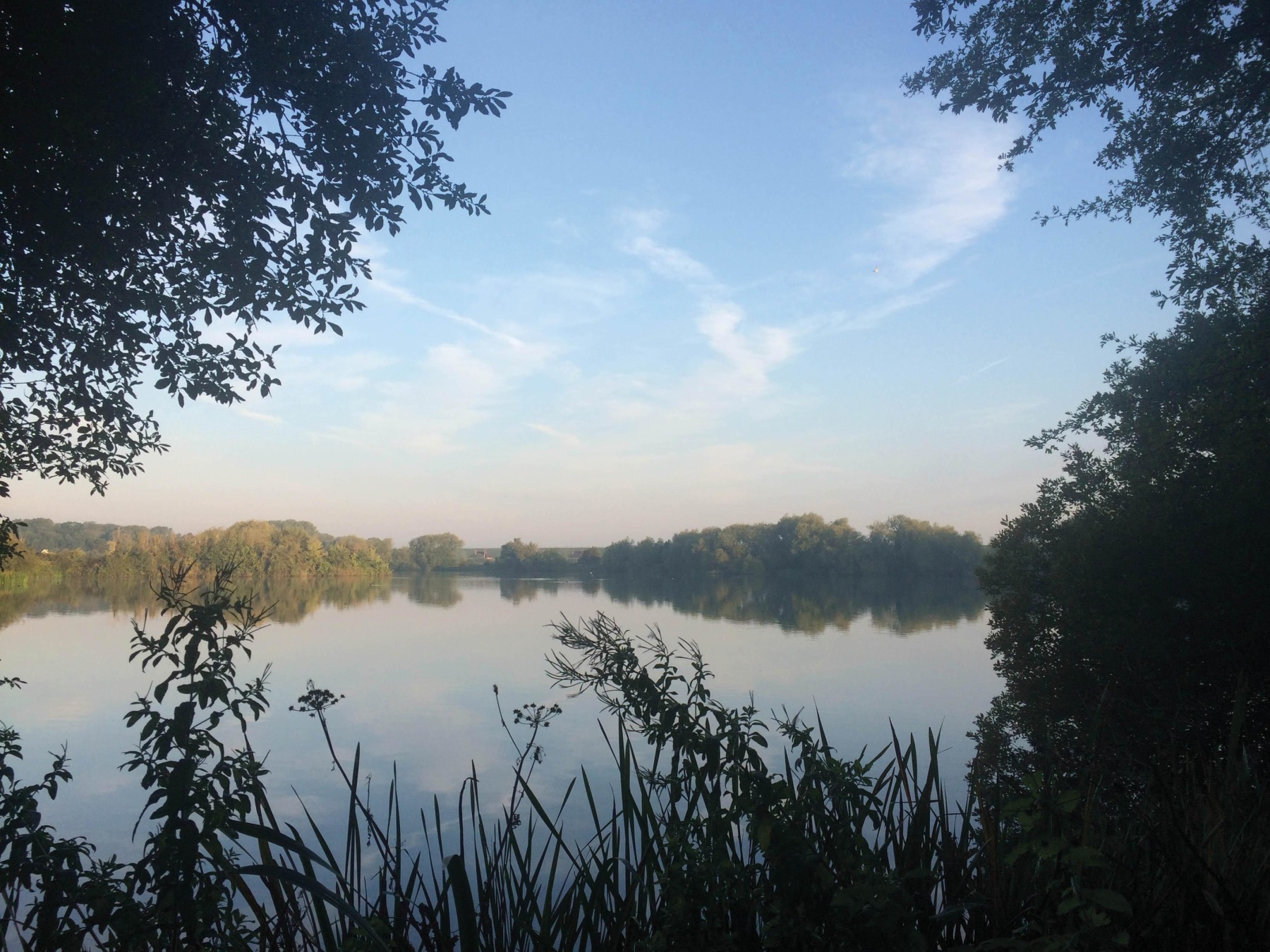They Don't Make 'Em Like That Anymore!
This carp, Daisy, outlasted almost all others in its treacherous home, surviving fish kills and horrendous algae blooms, all the while growing big enough to attract some of the finest southern big-carp men
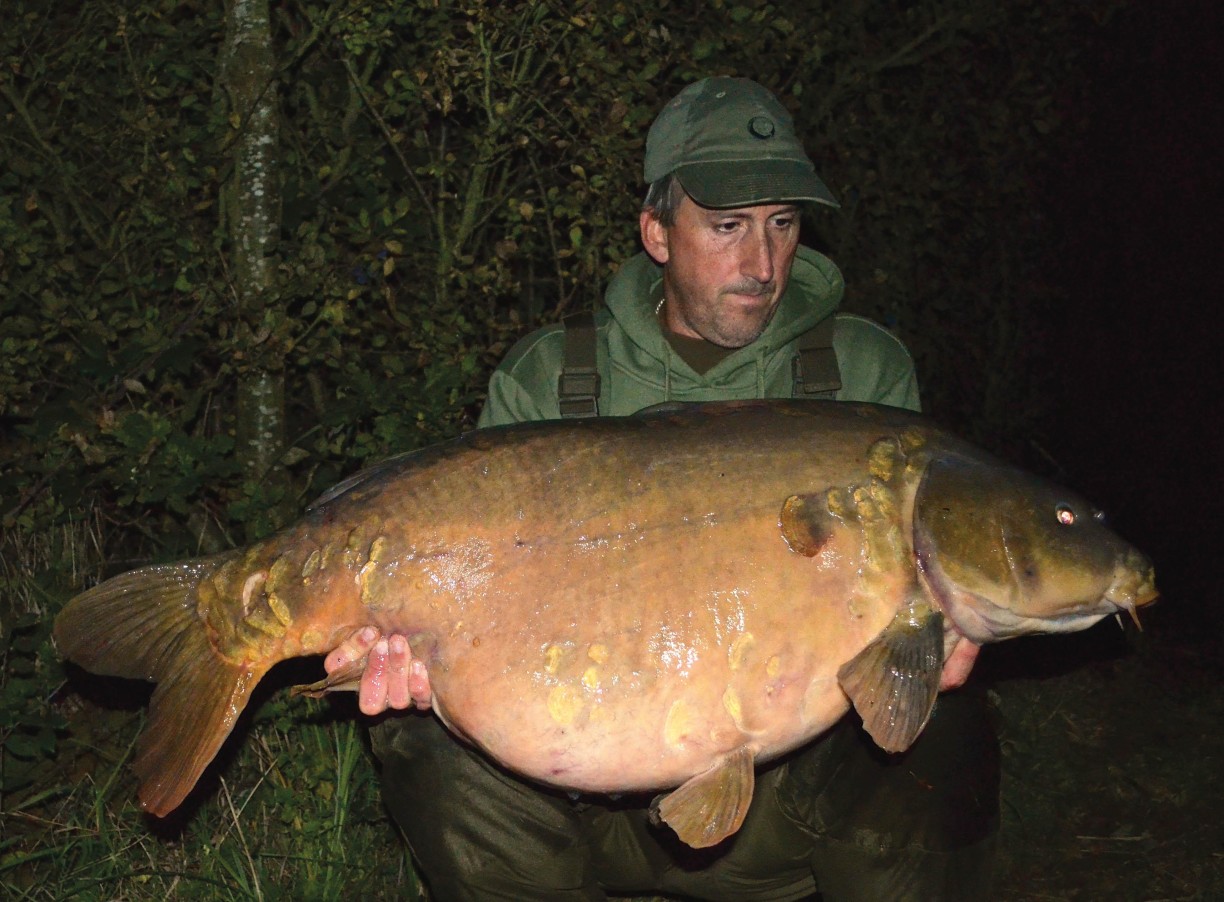
Nobody knows where they came from mate.” Micky Gray told us when we asked about the origins of the stock of Nutty Lane, a gnarly 15-acre pit near Shepperton in Surrey.
“I heard about it because mates had fished the lake between 1997 and 1999 and one of them, Steve Barnard, landed a fish called the Half Lin at 34lb. When I visited, I’d also seen a twisted-mouth linear of around 27lb too. The story around stock was complicated after there was a fish kill in the 2000s.” Micky recalled, “I remember going up there and seeing five dead commons, all of which seemed as old as the hills—almost certainly original fish. Following one of the fish kills, the controlling club, Addlestone Angling Society, stocked a load of tiny carp that were said to have come from Wales. I honestly don’t think any of them survived—those that weren’t eaten by pike died soon after.”
Like so many of the pits in the M3 corridor, some of the carp that did live in Nutty managed to thrive, and Micky remembers seeing the three biggest early into his time there.
“When I first fished Nutty, in the early 2000s, I knew that the three biggest fish were all there, together, because I’d seen them with my own eyes. They were the Half Lin, which my friend Steve Barnard had caught at 34lb, the fish that I called The Warrior, a deep-bodied grey carp that was the most elusive of them all, and Daisy, and I reckoned that they were all the same sort of size.
“The fishing was really hard, some of the hardest I’ve ever known. The banks were overgrown to the degree that, once September can around, you couldn’t walk the paths without cutting yourself to shreds. There were snags everywhere you looked and the lake had a serious algae problem, with huge blooms making the visibility near to zero for much of the year. Despite the algae problems, the weed growth could be absolutely savage, leading the locals to call it ‘The Football Pitch’—the place looked like it had grass growing all across the surface. Finally, the eels were a huge problem in the 1990s and early 2000s, even giving you screaming runs in the middle of the night!”
The Nutty stock has always been hard to be precise about, but Micky told us that it was always low!
“I suppose there were around 15 fish when I was fishing there, but things would change when someone stocked a handful of fish, which were most likely Dinton strain, in later years. There was one character fish that became a bit of a nemesis for me, and that was a golden common that I did go on to catch on my return to the water, later down the line. I’d stalked that fish a number of times and even had it slide right up to me on its side, looking me right in the eye, before swimming off without touching the sweetcorn I’d laid out for it!”
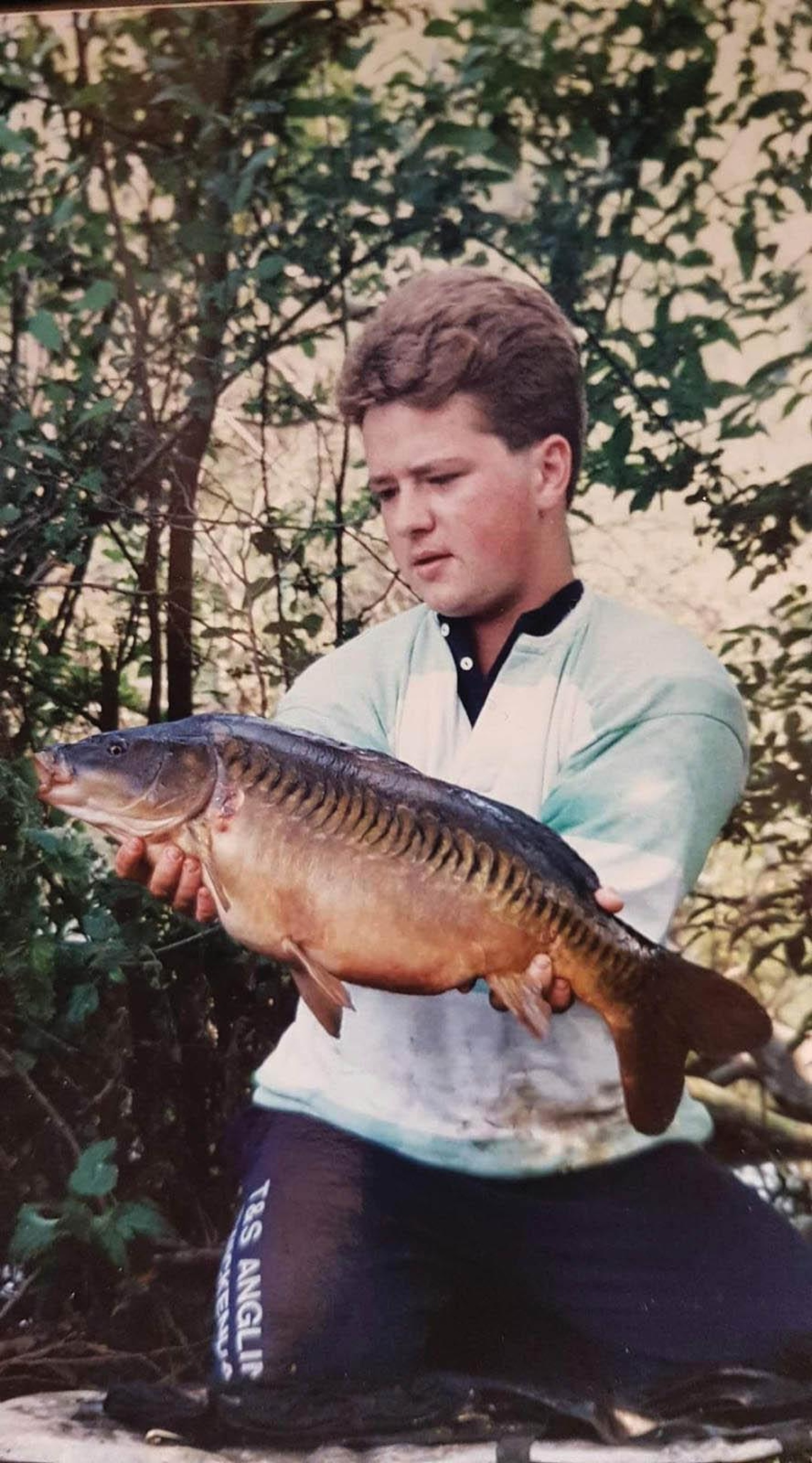
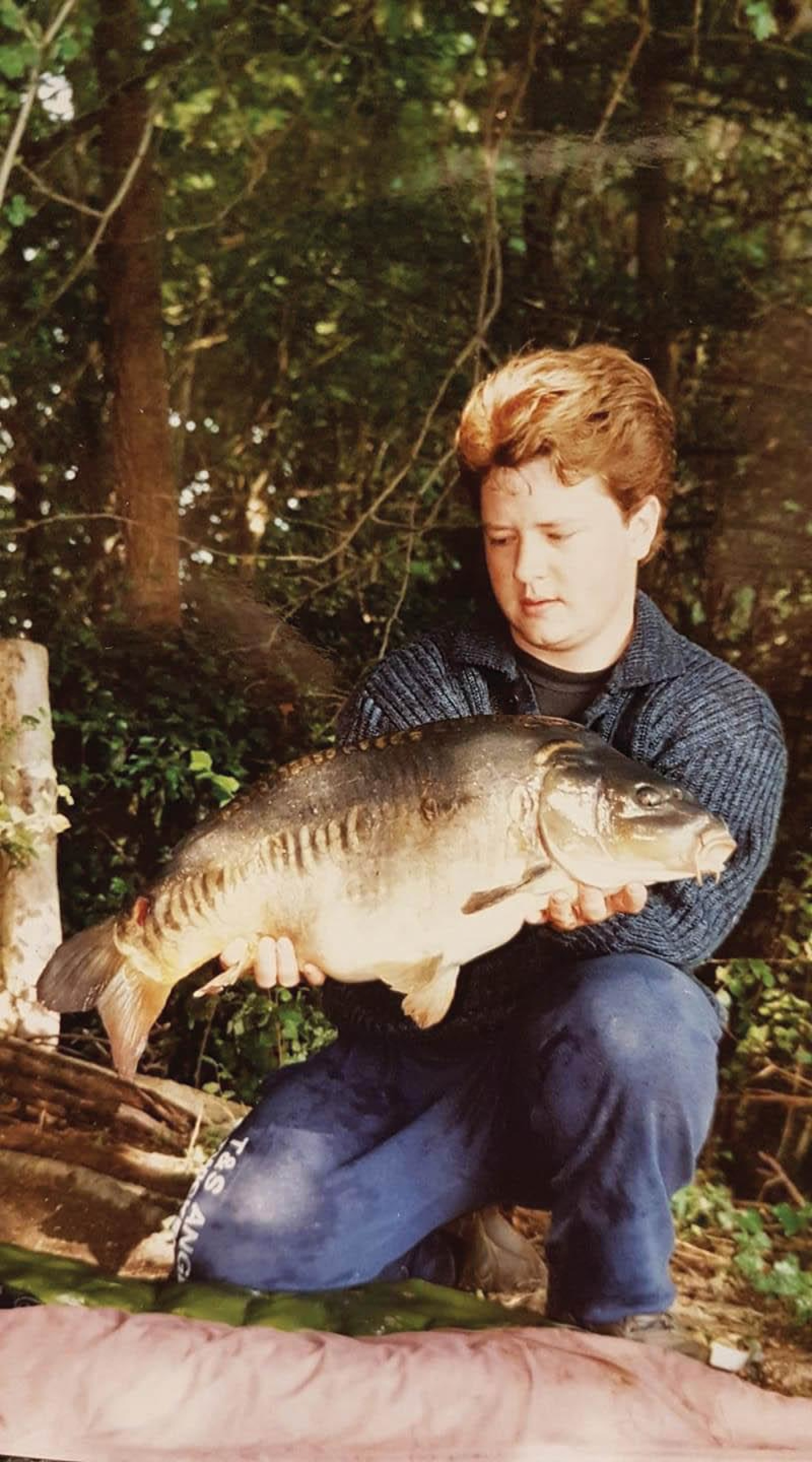
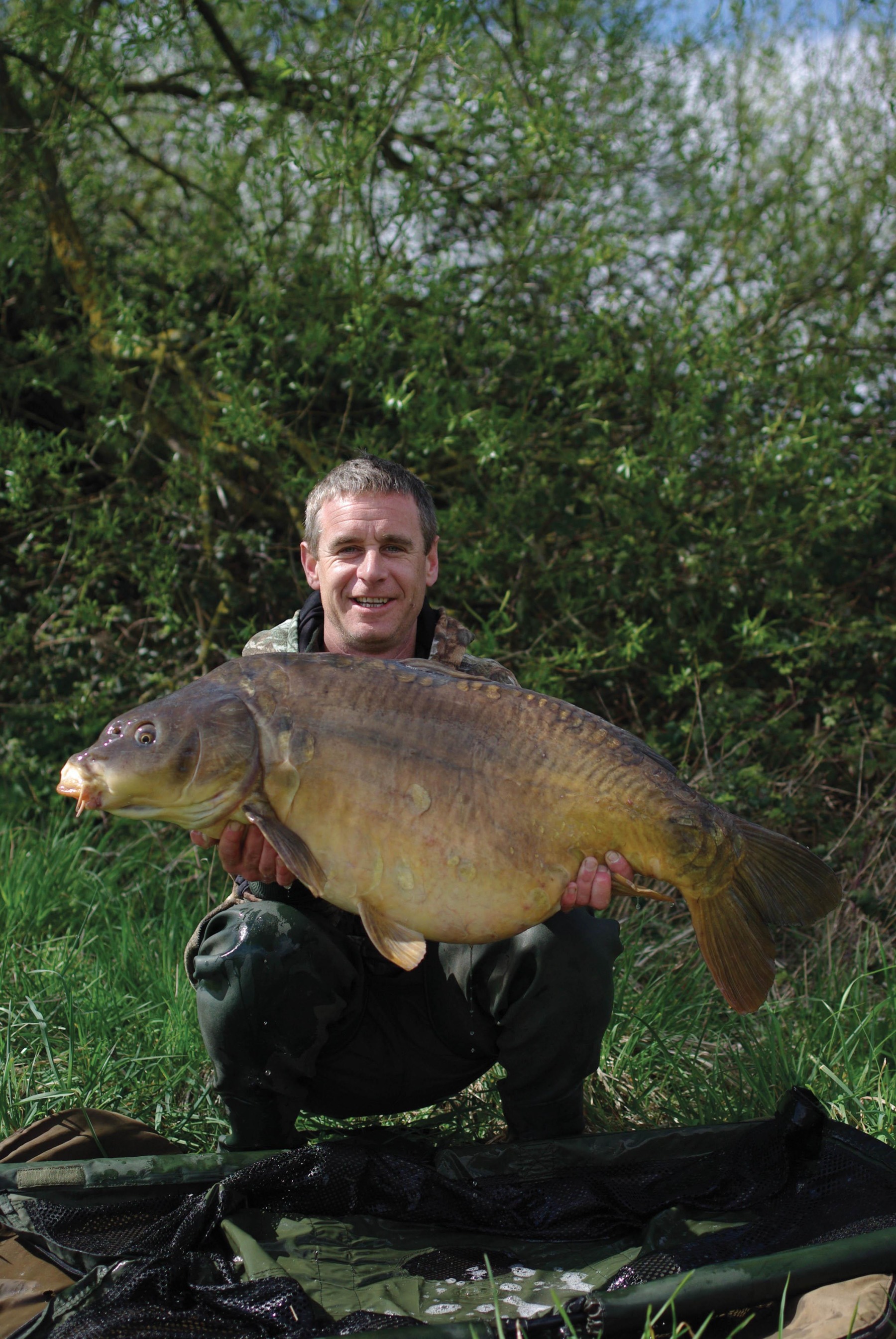
Micky did go on to have the most elusive of all the Nutty big ‘uns, the Warrior, as described in his first book, A Merry Olde Dance, but he was made to return for Daisy.
“She was definitely the most catchable of the three big ones, but still hugely elusive, not even coming out once a year. There was perhaps one period when she got caught a little more regularly, but that was down to high calibre of angler on the lake at the time. She was a fish that would be big in the spring, but drop a significant amount after spawning. The year I went back and caught her at 44lb it had been out in the spring at upper-forty.
“Largely because of the algae blooms, Daisy could vary in appearance quite a lot, coming out pale, often when she was larger in the spring when the water was almost never clear, and darker after spawning when the lake had cleared somewhat.
“It was such a natural lake when I fished it, as soon as you set foot on there, they seemed to know! I went to great lengths to make sure that I closed the gate silently, but as soon as my head popped up, a terrapin that lived on a snag on the far side would slip off into the water, no doubt alerting those wary old carp at the same time.”
Lots of good carp anglers came and tried, but the list of those who came and were unsuccessful is much longer than those who found success at Nutty. Notably, the list of those committed enough to actually see it through and catch Daisy numbers the likes of Terry Hearn, Simon Bater, James Turner, Dan Kilgour, Rick Golder, Dan Cleary and Warren Fenn. Simon pointed to her history as the reason he was interested in testing himself on Nutty.
“She’s one of the old stock in the lake. It had two major fish kills that dwindled the stock to eight or nine fish and about five of those ever got caught. She was meant to be there, having lived through the kills. She’s one of the old, odd-uns for sure, slightly off the beaten track too, all of which made her a worthy target in my book.”
Despite all she had set against her, Daisy did make 50lb on a couple of occasions, falling to the rods of James Turner and Andrew Bennett over that mark. She was a regular mid-forty after spawning too, so although fish of that size hardly merit a mention in today’s carp scene, fish of Daisy’s quality and prestige always will!
The lake passed from the control of Addlestone Angling Society and a decade or so ago, a small syndicate was formed, which then dissolved when the lake was bought and turned into a watersports venue, which is now patrolled by security guards with very little angling allowed. As we go to press, we think Daisy is still alive, living out her days just as she has for decades, just perhaps a little more peacefully.
